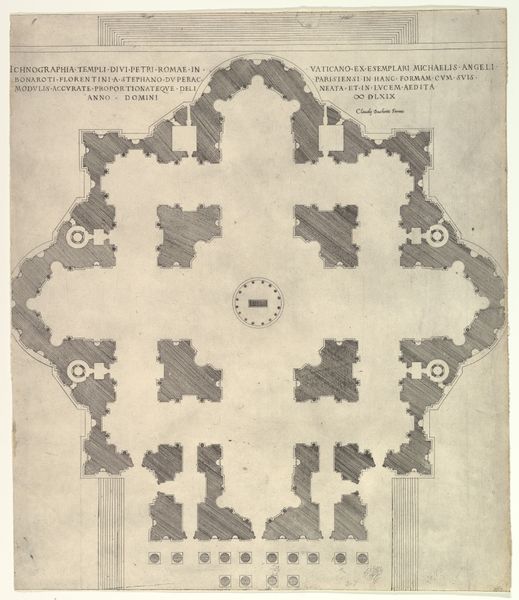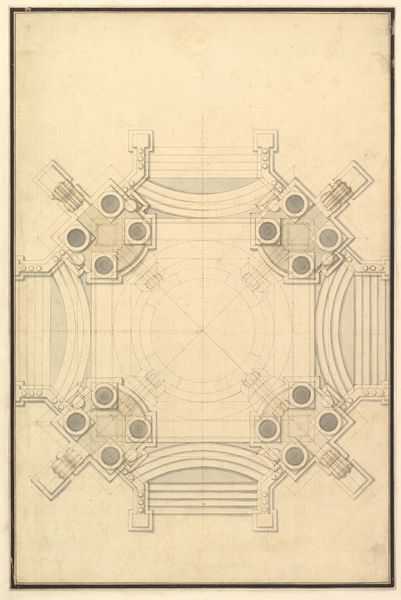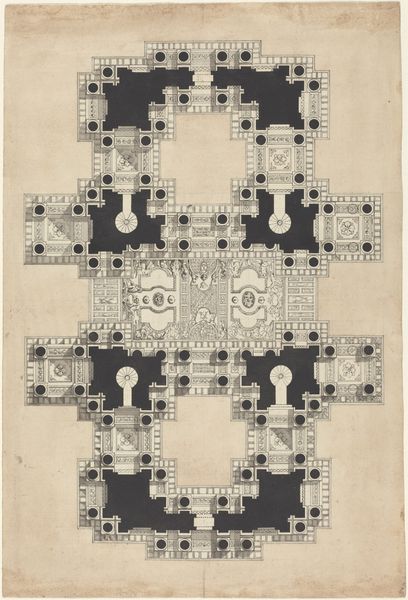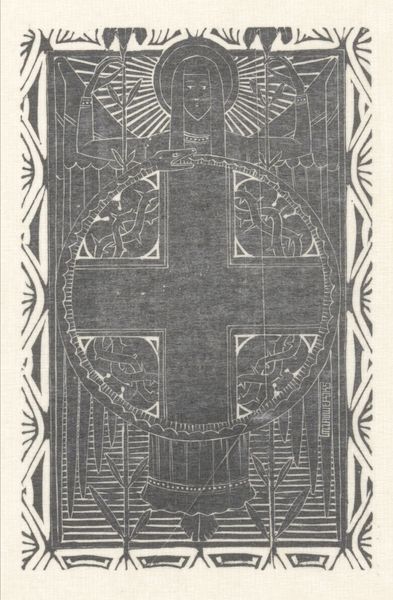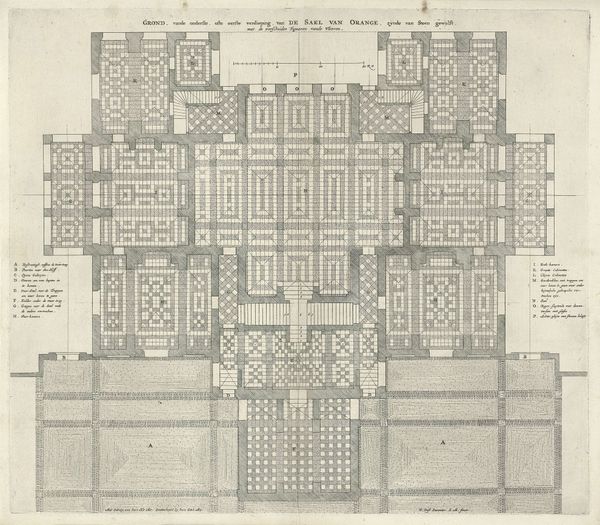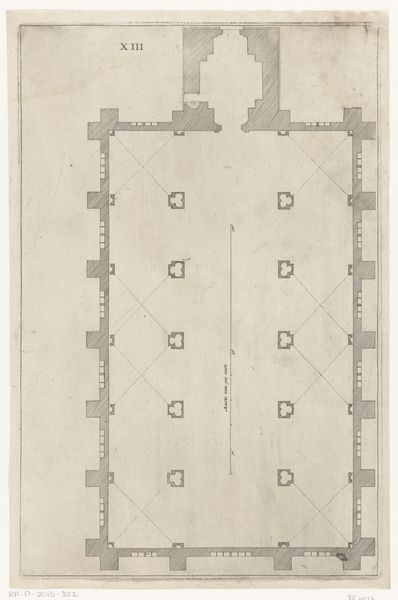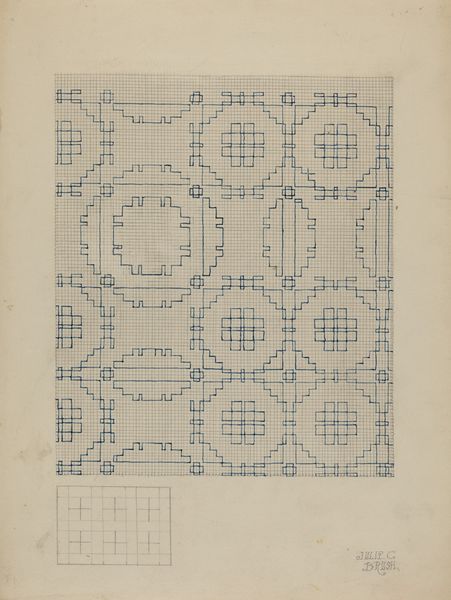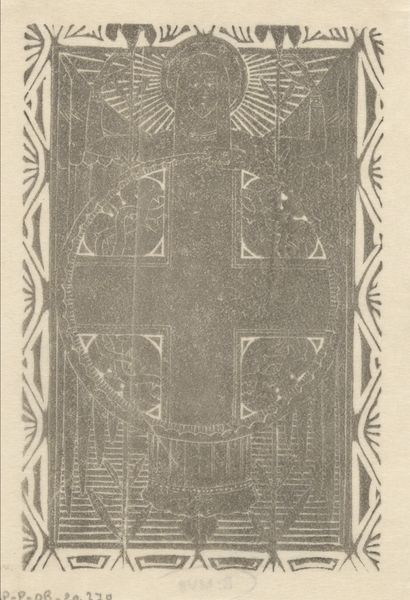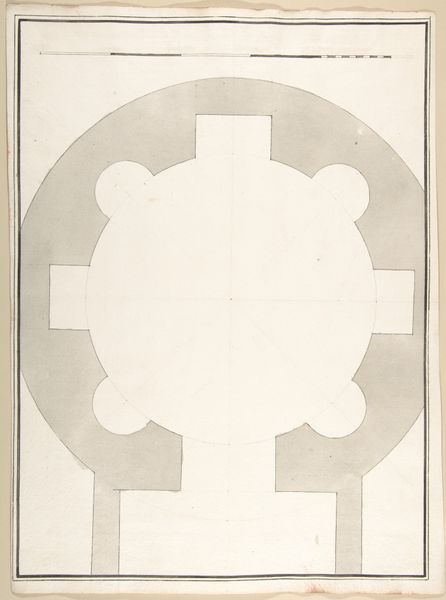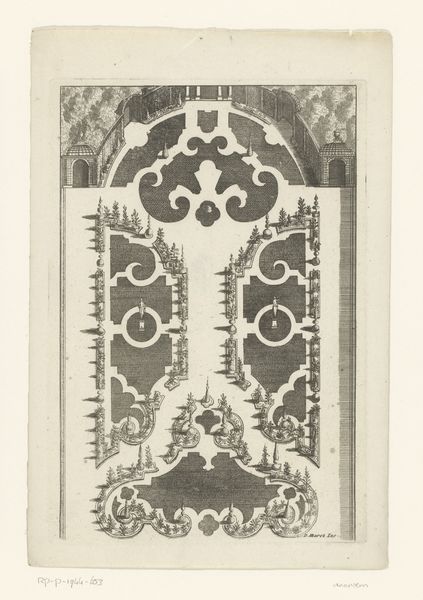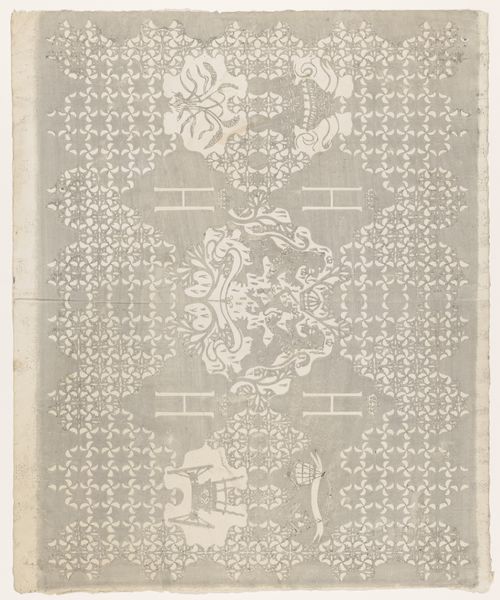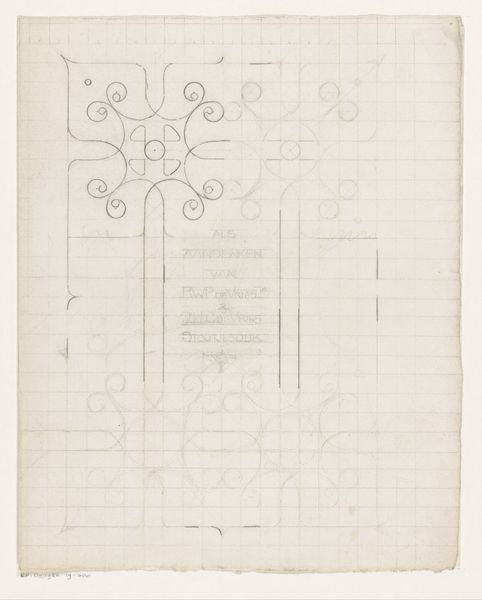
Speculum Romanae Magnificentiae: Plan of St. Peter's 1549
0:00
0:00
drawing, print, architecture
#
drawing
# print
#
landscape
#
11_renaissance
#
geometric
#
geometric-abstraction
#
italian-renaissance
#
architecture
Dimensions: sheet: 22 5/8 x 16 13/16 in. (57.5 x 42.7 cm)
Copyright: Public Domain
Curator: Up next we have "Speculum Romanae Magnificentiae: Plan of St. Peter's", an architectural drawing and print crafted around 1549 by Antonio da Sangallo the Younger. It’s currently held in the collection of the Metropolitan Museum of Art. Editor: At first glance, I’m struck by the intricacy. The geometrical precision almost feels like a maze. What’s particularly interesting to me is its abstraction - how it removes the spiritual aura we associate with St. Peter’s. Curator: Right, the drawing, produced during the Renaissance, acts as more than just a representation of a physical structure; it provides insight into the socio-political forces shaping religious architecture at the time. The plan visualizes the power dynamics embedded in the Church’s construction projects. Editor: Exactly. When viewing this work, I consider what was at stake in constructing such a monument. Who had access to this type of planned knowledge and who was excluded? I feel this drawing becomes a document unveiling layers of societal access and control during the Renaissance. Curator: Absolutely. As a document of architectural history, it is telling that a focus on perfect geometrical forms and planned access replaces other modes of engagement or ideas around devotion. Renaissance architects were thinking carefully about proportion, balance, and how to express a certain grandeur. This print helps us think about the relationship between architecture and authority. Editor: Agreed, the precision underscores authority. However, its display here asks us to consider contemporary ideas, too. How do structures, both physical and institutional, define access and control within marginalized communities today? Perhaps it can invite some useful conversation about equity in design and urban planning. Curator: Considering Antonio da Sangallo the Younger’s architectural contributions in their historical and cultural contexts enriches the dialogue around power and representation that resonates in contemporary architectural practice. Editor: Indeed. It makes us question who holds the metaphorical architectural plans of society, and who is being built over, so to speak. A Renaissance artifact speaks to the modern moment.
Comments
No comments
Be the first to comment and join the conversation on the ultimate creative platform.
